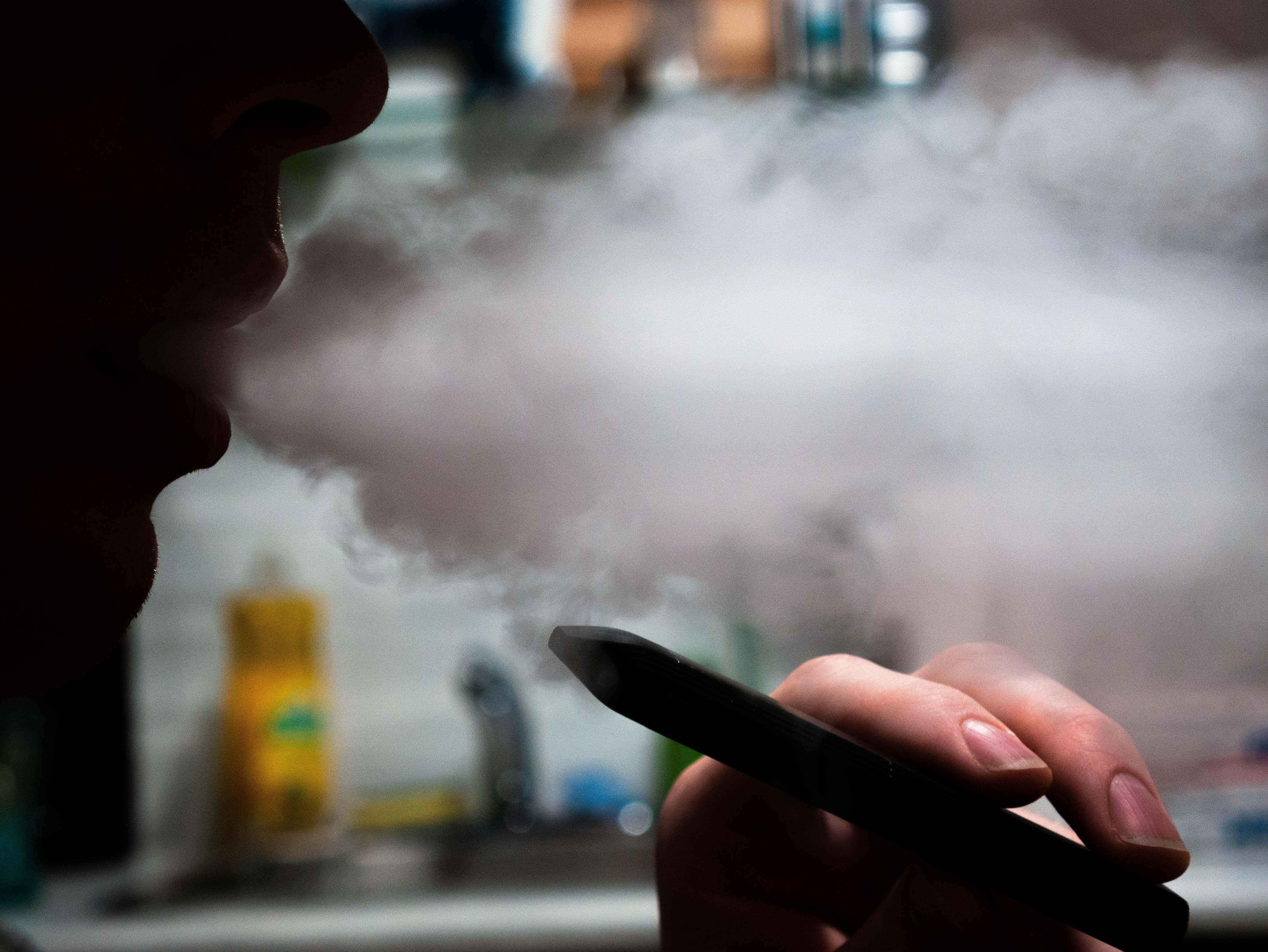“This stuff is like catnip. Too many women come after me [ . . . ] I am looking for a woman my own age, but the 10X [Athena Pheromone] attracts them all.” So says Larry from New York, in a human pheromone testimonial found at the back of a Men’s Fitness magazine. But it’s not just men promoting the wonder of human pheromones. Cara, also from New York, agrees, saying, “I have a very fine dancing instructor. But when I am wearing the 10:13 [Athena Pheromone], it seems like he forgets his steps!”
So what is a pheromone, and is it worth the $98.50 some companies are charging for 5 ml of an odourless liquid?
A pheromone is an airborne chemical cue that provides information to “conspecific” (within species) counterparts about such diverse subjects as social and sexual status. For example, in the case of ants, pheromones signal alarm bells, indicating danger, when a passerby has heartlessly stomped on a member of the colony. Although ants and other insects sense pheromones with the use of their antennae, the biological system which allows mammals to sense pheromones is called the vomeronasal system (VNS). Like the olfactory system for smell, and the gustatory system for taste, the VNS functions by sensing very specific chemical compounds.
In a 1998 review of the human vomeronasal system, it was deemed conclusive that adult humans had a fully functioning VNS, and that the vomeronasal organ (VNO) responsible for chemoreception is found in all normal adult humans. However, a more recent 2003 review of pheromone signals in mammals by Catherine Dulac and A. Thomas Torell, published in Nature Reviews, questions the usefulness of the VNS in humans. Dulac and Torell cite evidence suggesting that the gene essential for VNO functioning in humans has suffered a mutation and is now a non-functioning “pseudogene.” This, in addition to neuroimaging scans that don’t show any nerve fibers connecting the VNO to the brain, has lead some researchers to conclude that the VNO is a vestigial organ that no longer functions as it once did.
These recent anatomical and genetic conclusions seem at odds with the conclusions derived from some of the studies conducted on human mate selection and menstrual cycle synchronization. In one such human mate selection study, the pleasantness rating of T-shirt odor was compared with the degree of genetic similarity between the sniffer and T-shirt wearer’s major histocompatibility complex (MHC) genes.
The MHC region is responsible for immunological responses to foreign tissue and also the recognition of infectious diseases. The human body’s susceptibility to autoimmune, infectious and other diseases is mediated by the degree of genetic variation within the MHC, with greater variation leading to less susceptibility. For this reason, and to avoid inbreeding, which often confers serious genetically based maladies, it is advantageous to mate with individuals with dissimilar MHC regions.
Claus Wedekind and Dustin Penn, in a study conducted for the journal Nephrology Dialysis Transplantation, had 121 men and women rank the pleasantness of six T-shirts (worn by two women and four men). When the “pleasantness” ratings were compared with the degree of genetic similarity between MHC genes, a higher pleasantness rating was correlated with lower genetic similarity. Interestingly, women who were taking an oral contraceptive at the time — and who could not conceive due to the effects of the contraceptive — did not rate dissimilar MHC genes more pleasant, indicating that fertility might play a role in this ability to detect genetic dissimilarity.
The involvement of pheromones in fertility can also be seen in a landmark study on the synchronization of menstrual cycles. Menstrual cycle synchronization is another phenomenon that lends credence to the idea that pheromones are unconsciously affecting our internal and external behaviours. In a Nature study conducted by Kathleen Stern and Martha McClintock on the regulation of ovulation, pheromones from the follicular and ovulating stage — before and during ovulation respectively — were gathered by placing cotton pads in the armpits of donor females for eight hours. The axillary (underarm) compounds were then wiped daily on the upper lips of female recipients.
When women were administered compounds from the late follicular stage, their menstrual cycles were shortened by an average of 1.7 days. However, when compounds from the ovulatory stage were administered, the opposite effect occurred and the menstrual cycles were lengthened by an average of 1.4 days. Given that women reported no conscious detection of the odorant from the axillary compounds, this provides further evidence that human pheromones are at work influencing internal behaviours, in this case hormone cycles, and external behaviours.
But what to make of the previous studies which indicated that the human vomeronasal system is a vestigial system with non-function pseudogenes? Well as it happens, there may have been too much emphasis placed on the VNS for sensing pheromones in past research. New evidence is coming to light that the main olfactory system may also play a role in pheromone detection.
So is Larry from New York telling the truth, or is he just another bullshit testimonial found in a magazine advert? Well, the verdict on the claims of the 10X Athena Pheromone is as yet inconclusive, but there seems to be good reason to believe that there are chemosensory processes affecting our behaviour beyond our conscious control.





Why has her experiment not been replicated by other researchers?